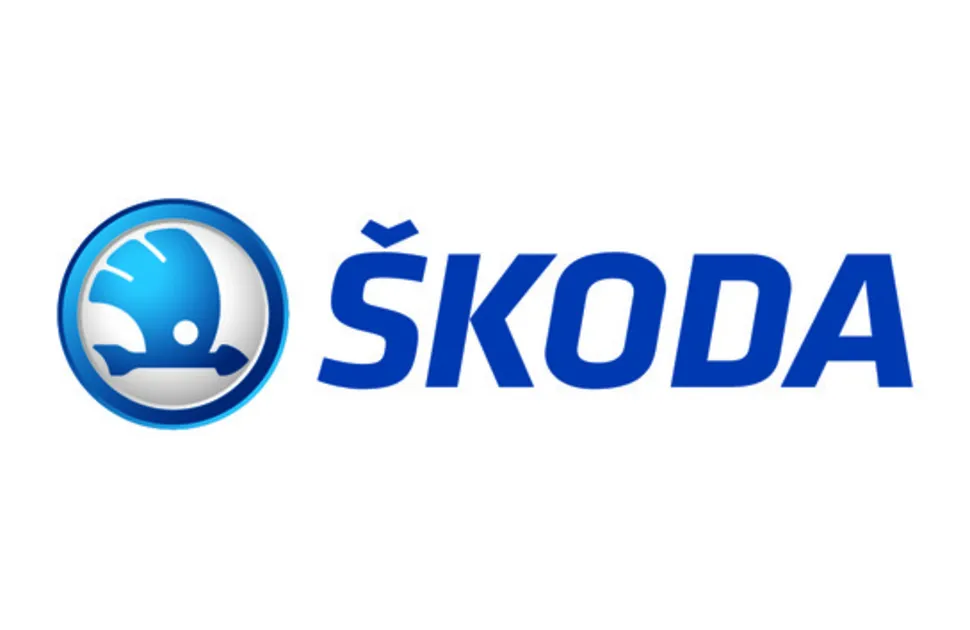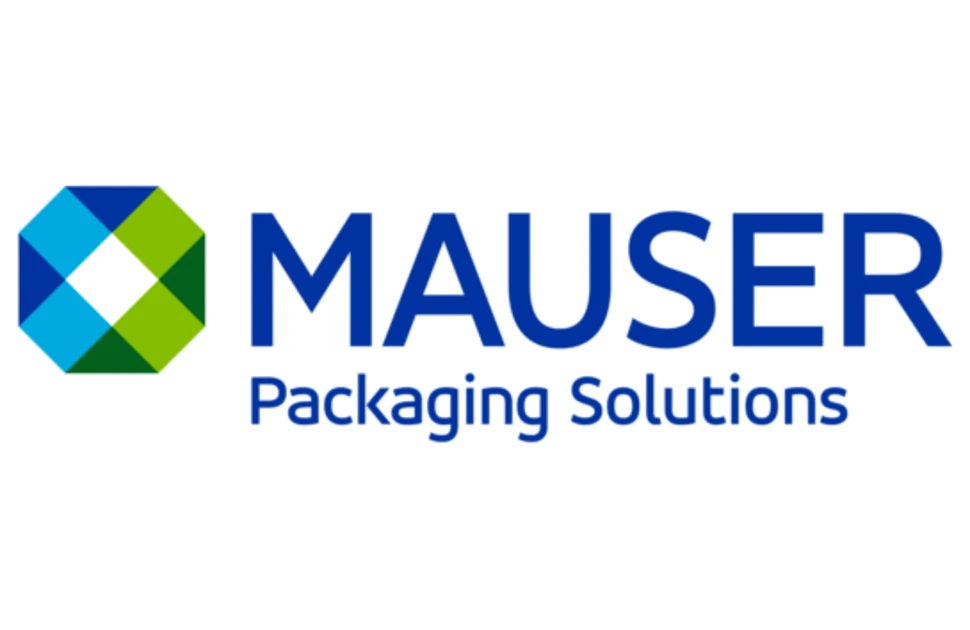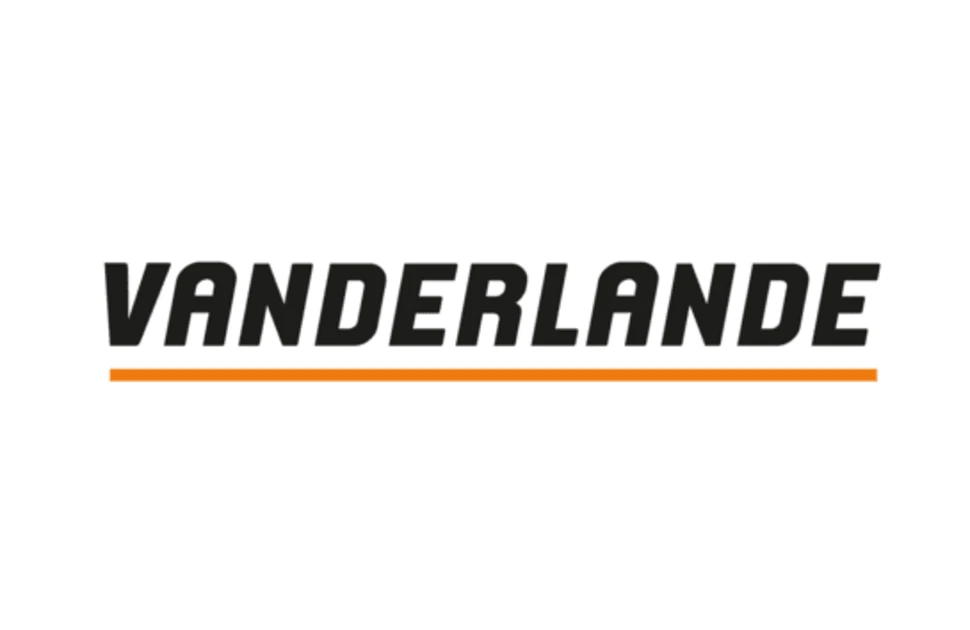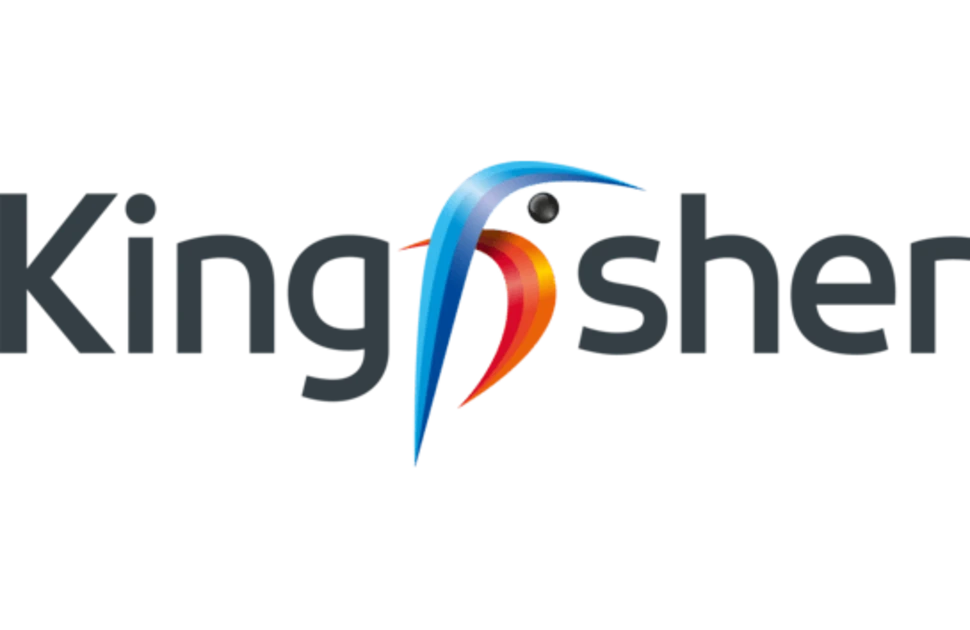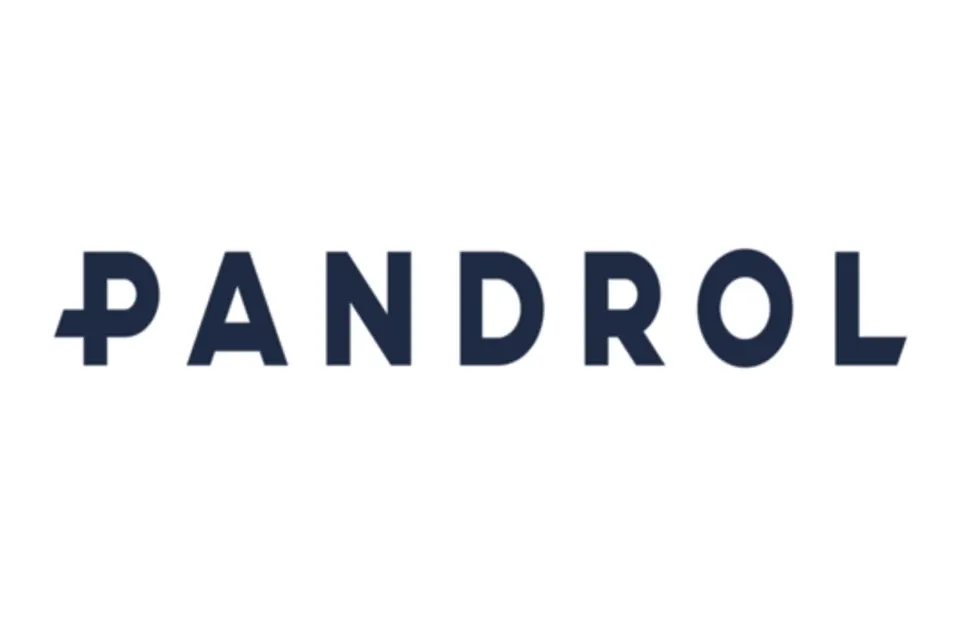MEPS reviews draft of EU CBAM steel benchmarks
A draft version of a European Commission document has revealed proposed benchmark values that will help importers determine the cost of emissions-based taxes introduced by the EU Carbon Border Adjustment Mechanism (CBAM).
Although still unofficial and subject to change, the document seen by MEPS provides the clearest indication to date of the methodology and provisional carbon-intensity benchmarks that are a key factor in determining CBAM taxes applicable to steel imports from January 1, 2026.
It explains how importers should calculate the adjustments that reduce their CBAM liability as free EU emissions allowances, currently granted to EU producers under the Emissions Trading Scheme (ETS), are gradually phased out. These adjustments are based on benchmark values for each product.
In 2026, imported steel products with an embedded emissions below the Commission’s benchmarks will be taxed at 2.5% of the EU carbon cost, which is currently determined by the ETS scheme. Embedded emissions above the benchmark will be taxed at 100%. Importers will pay their taxes using CBAM certificates. Consequently, the higher the benchmark emissions figure set by the Commission, the fewer CBAM certificates an importer will need to surrender.
The Commission’s draft documentation includes benchmark values for a wide range of iron and steel products, including:
- Pig iron, ferro-alloys and semi-finished products
- Flat rolled and long products
- Tubes, pipes and hollow profiles
- Castings, fittings and various downstream steel categories
Commenting on the draft figures, MEPS steel market analyst Jon Carruthers-Green said: “These benchmarks are a critical part of the CBAM cost calculation. They define the emission thresholds that separate efficient producers from high-emission ones.
“Crucially, the higher the benchmark, the lower the eventual CBAM cost for importers. Even in draft form, they provide the first real indication of the future cost landscape for imported steel.”
Carbon steel
For carbon steel products, the European Commission’s draft annex introduces detailed criteria for assigning each steel import to one of the three recognised steelmaking production routes: Scrap/EAF, DRI/EAF and BF/BOF. This is a critical step because each route carries its own benchmark value and therefore a different CBAM cost.
To determine which production route is applicable, importers must apply the following methodology:
- Scrap/EAF: chosen if >50% of crude steel mass comes from scrap
- DRI/EAF: chosen if >50% comes from direct reduced iron (DRI)
- BF/BOF: chosen if >50% is sourced from blast furnace or smelting reduction
- Mixed inputs: if no input exceeds 50%, the route is assigned to the largest single contributor
Stainless steel benchmark
Stainless steel is treated differently in the draft annex. Instead of applying the 50% production-route rule used for carbon steels, the Commission assigns stainless steel products a single benchmark for 2026-2027 and a second benchmark for 2028-2030.
This simplified structure likely reflects the fact that almost all stainless steel produced within the EU is made via an EAF-based process, meaning there is effectively only one production route. As a result, further route-by-route differentiation is considered unnecessary.
Preparing for major cost implications
Once finalised, the benchmarks will have material implications for global trade flows, mill competitiveness, and import strategies into the European market. Lower-carbon EAF producers are expected to benefit from more favourable benchmark ratios, while BF/BOF producers could face significantly higher effective CBAM costs.
“While the benchmarks are a crucial part of calculating CBAM costs, they are only one piece of a much larger puzzle,” continued Carruthers-Green. “Importers also face uncertainty around future EU carbon steel prices, which will play an equally important role in determining the final cost of accessing the European market. And with amendments to the EU steel safeguard regime expected in July 2026, the combined effect is likely to provide strong upward support for domestic steel prices in the years ahead.”
MEPS will continue to monitor developments and provide further analysis as the regulatory framework moves towards implementation in 2026.
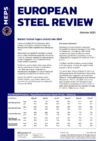
Source:
European Steel Review
The MEPS European Steel Review is an informative, concise and easy-to-use monthly publication, offering unique professional insight into European carbon steel prices.
Go to productRequest a free publication
